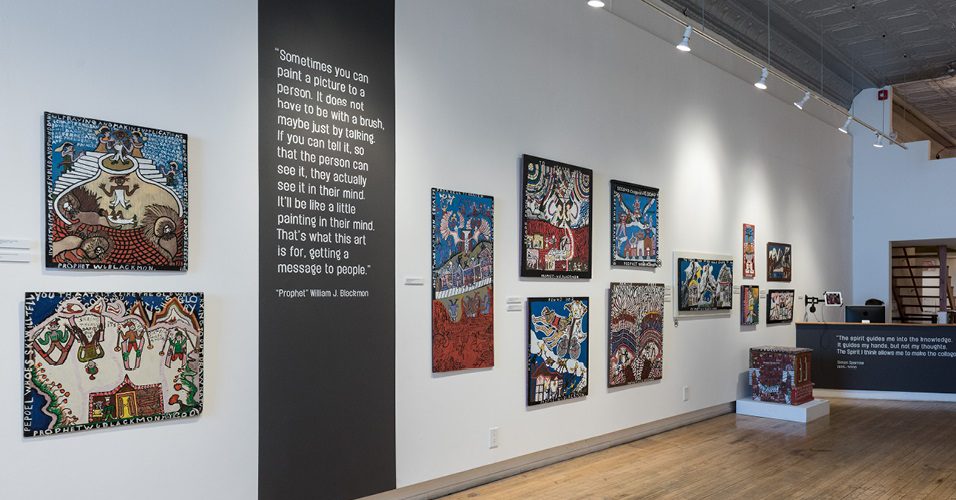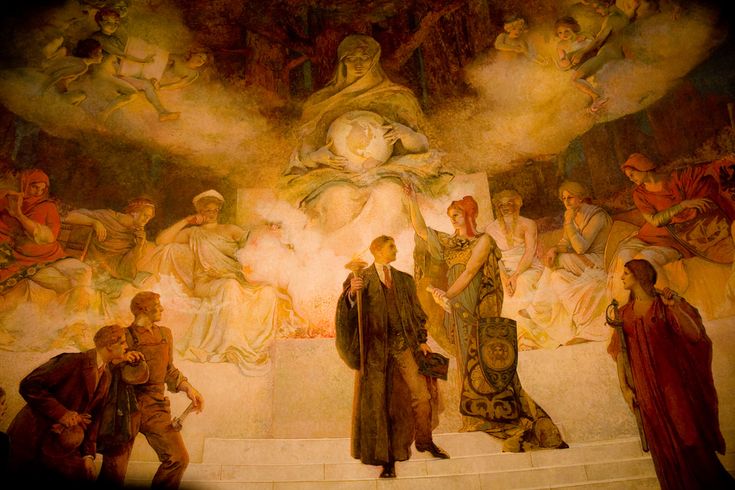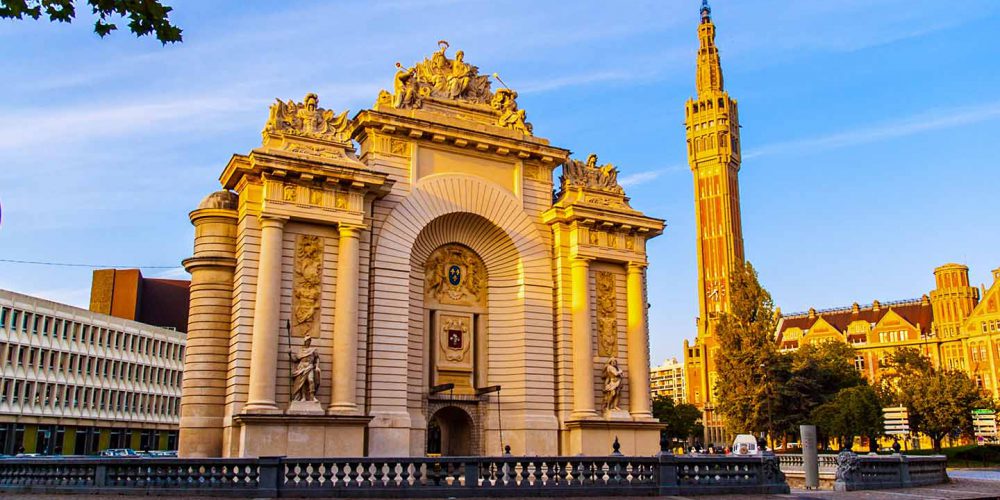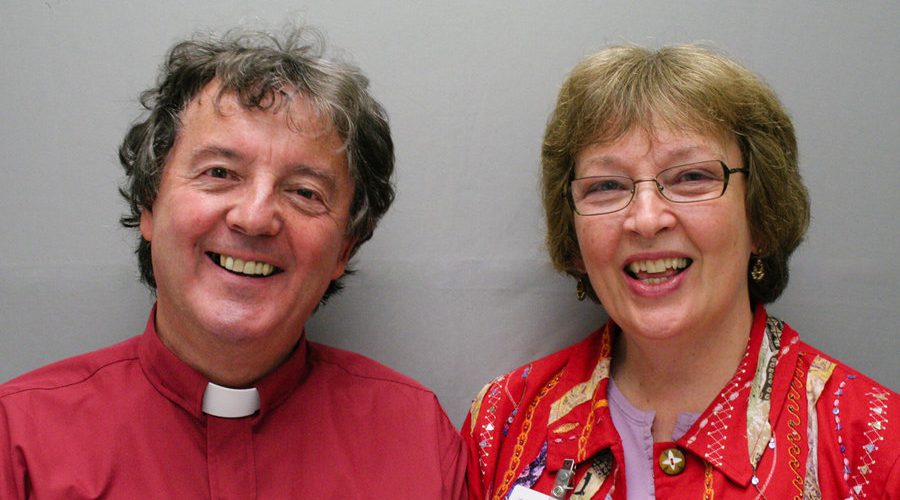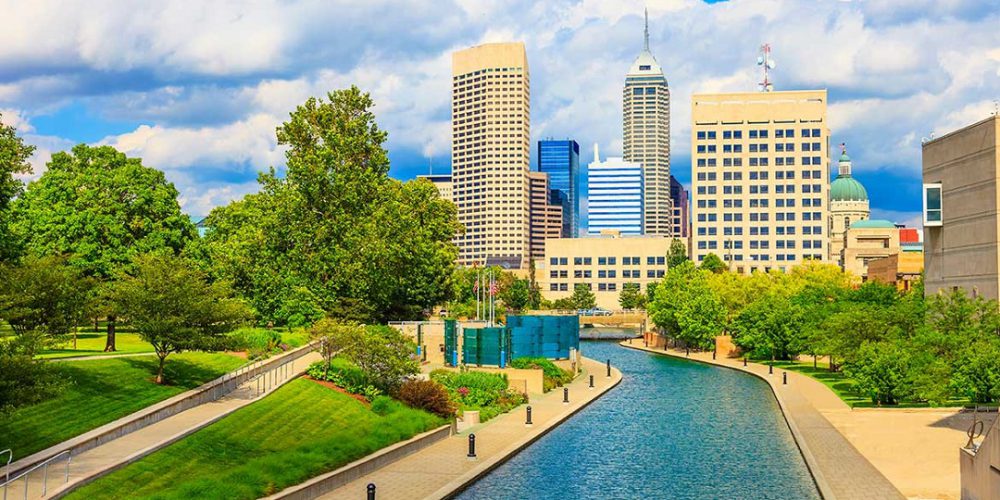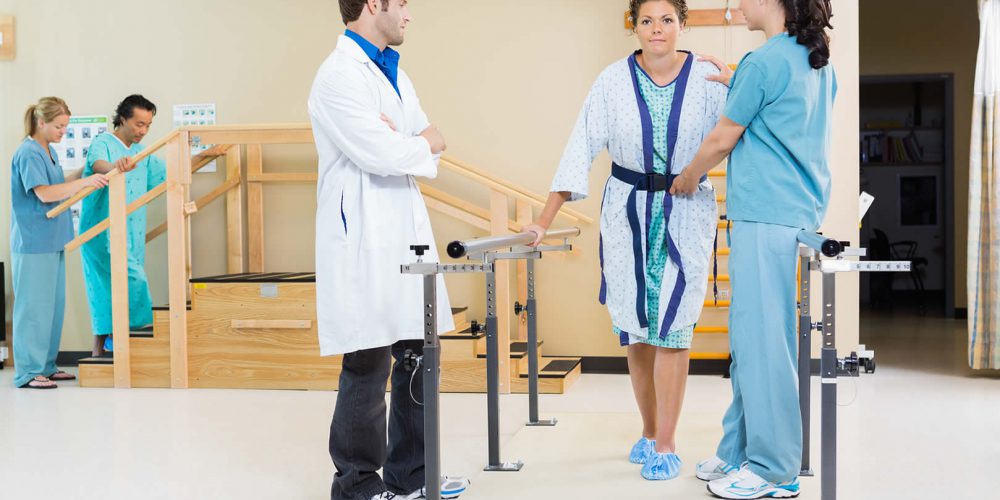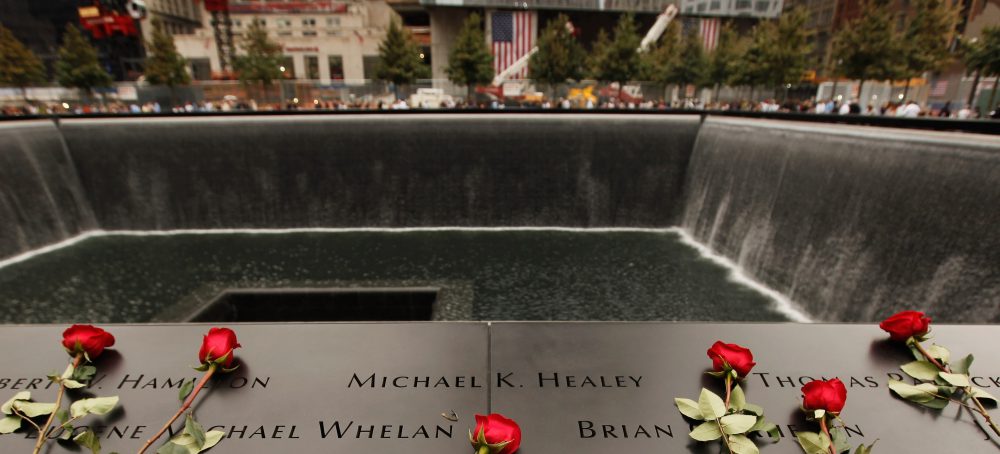The Philly Met’s resurgence
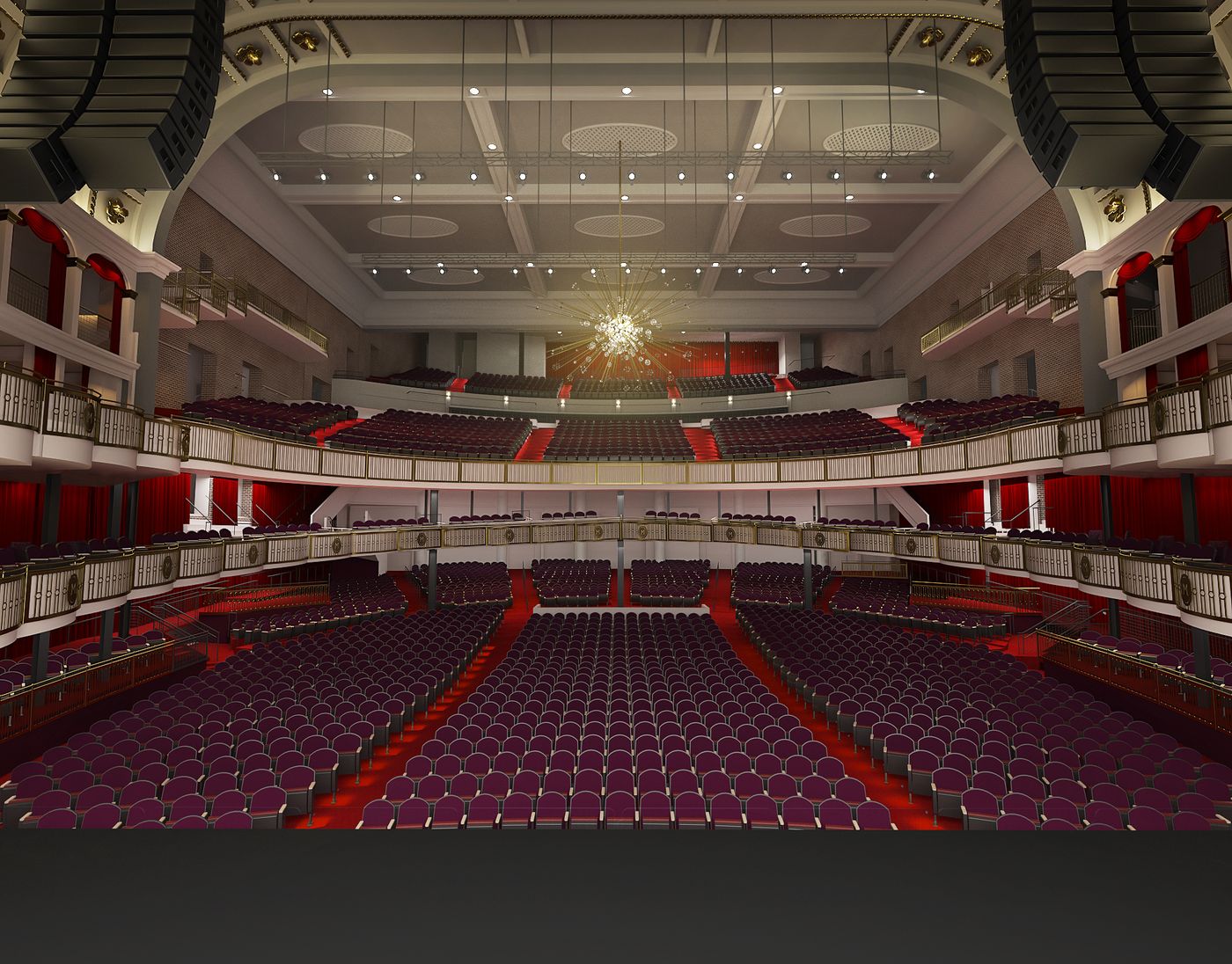
The Philadelphia Metropolitan Opera House, built in 1908, was added to the National Register of Historic Places in 1972.
Developer Eric Blumenfeld calls the 39,200-square-foot Philadelphia Metropolitan Opera House “the Divine Lorraine, turned on its side.”
And like the Divine Lorraine, the opera house has sat vacant for years on the corner of North Broad and Poplar streets.
But that’s where the similarities between the two hulking buildings ends. The Divine Lorraine has long captured the hearts of Philadelphians and out-of-towners alike, its graffiti-laden exterior and interiors doubling as almost an ode to what was once an extravagant hotel and worship house. Its two iconic red signs that face the North and South, though still dark, serve as symbols of North Broad’s ongoing resurgence.
The opera house? On a recent visit to the theater, a passerby said, “This is the first time I’ve ever noticed that building.” A week later, another man said, “Is someone actually doing something with this building? What is it?”
The Philadelphia Metropolitan Opera House was built in 1908 by Oscar Hammerstein I, the grandfather of Oscar Hammerstein II. Designed by architect William H. McElfatrick, it sat some 4,000 people, becoming the largest theater of its kind in the world. After some time Hammerstein I fell into debt and sold the property, which then went through a number of owners. Over the years, it’s served as a movie theater, circus venue, ballroom, and most recently, a church.
Today, it’s now in the hands of Eric Blumenfeld, the same developer who is behind the ongoing restoration of the Divine Lorraine just three blocks away.
In 2013, Blumenfeld and the Holy Ghost Headquarters Church bought the historic theater in 2013 for a buck. The church has since vacated the property, and Blumenfeld says that soon, people can expect to see some life at the long-forgotten theater of the Gilded Age.
“Philly is going to be one of the coolest rock, theatrical venues in the country,” Blumenfeld said.
Both the exterior and interior show the building’s age. Standing on the wide stage looking out to the stadium seating, Blumenfeld said, “This is the part of the tour when people tell me, ‘You’re crazy.'”
While much of the interiors are preservable, a lot of it—namely the seating—has already been lost. Blumenfeld’s hope is that the re-opening of the theater will be the key to North Broad’s revitalization.
The Philadelphia Metropolitan Opera House on North Broad was handed a $56 million loan, pushing the restoration project forward to its December 2018 opening date as a Live Nation venue.
The restoration of the Philadelphia Metropolitan Opera House at 858 N. Broad Street has been underway for the past year.
Live Nation’s Philadelphia regional president Geoff Gordon said, “I think a lot of people have a misconception when they hear ‘The Met’—that it’s in New York. Well, Philly has one too, and ours has been a part of the Philadelphia culture for many years.”
The Holy Ghost church congregation also holds stake in the theater and will continue to hold Sunday services at the theater when it reopens in December.

